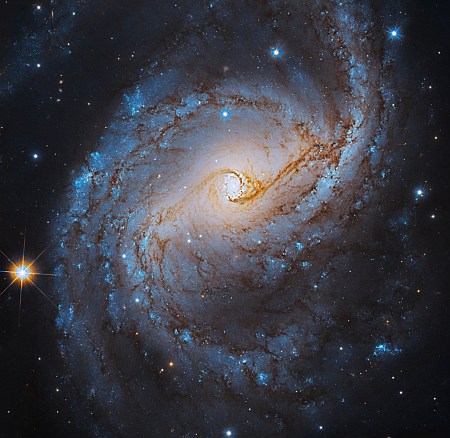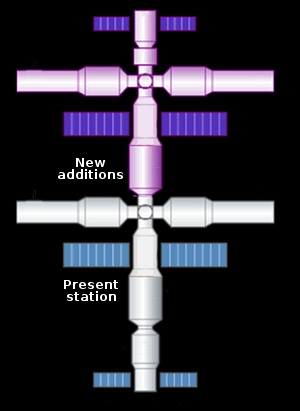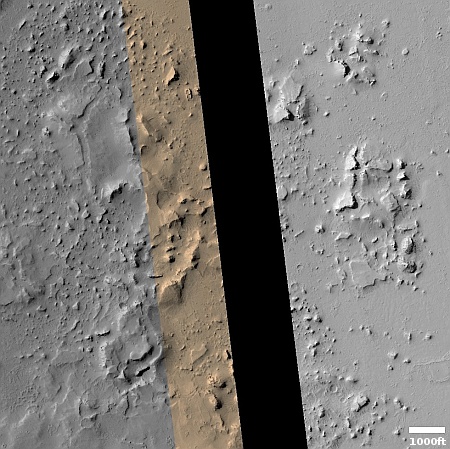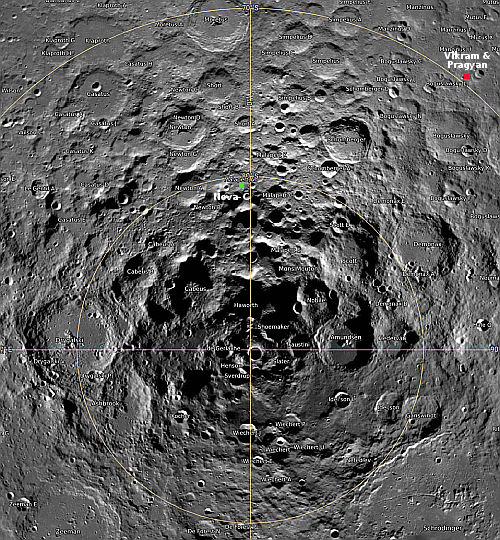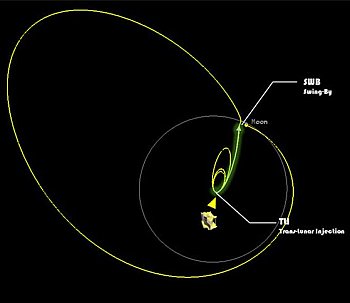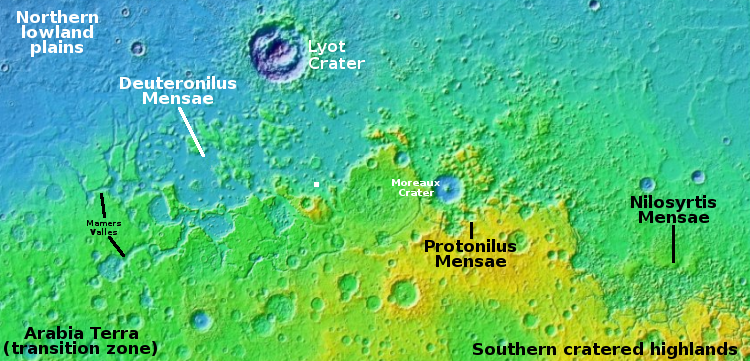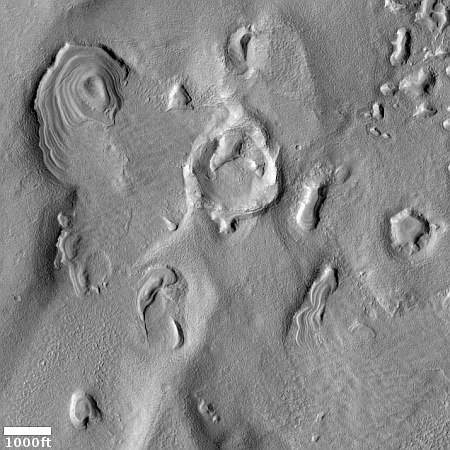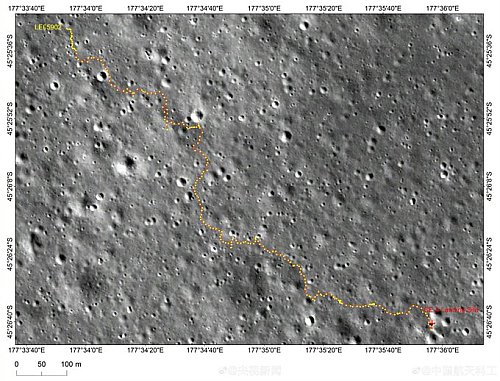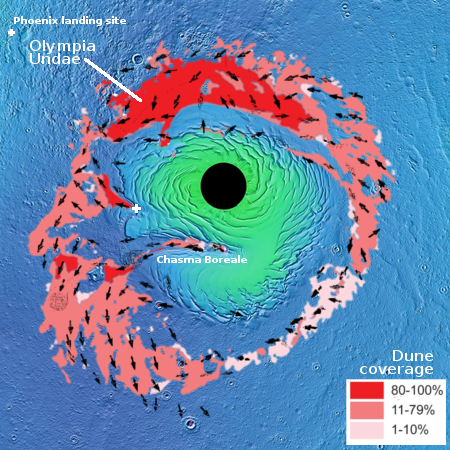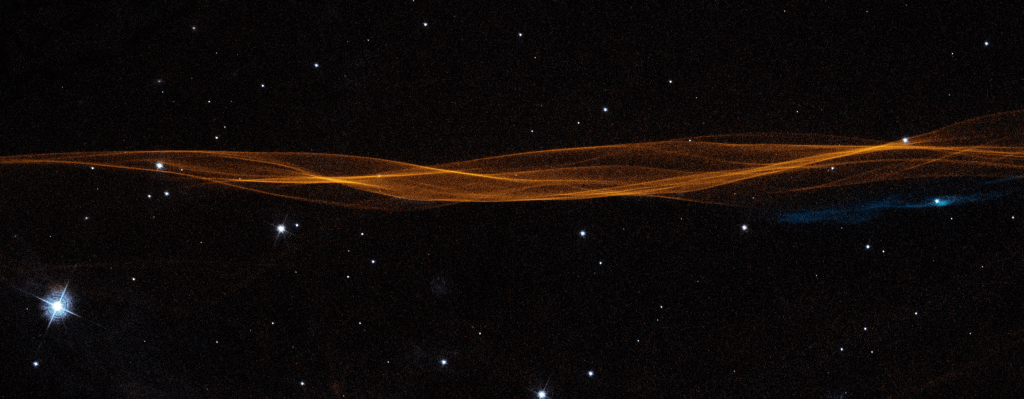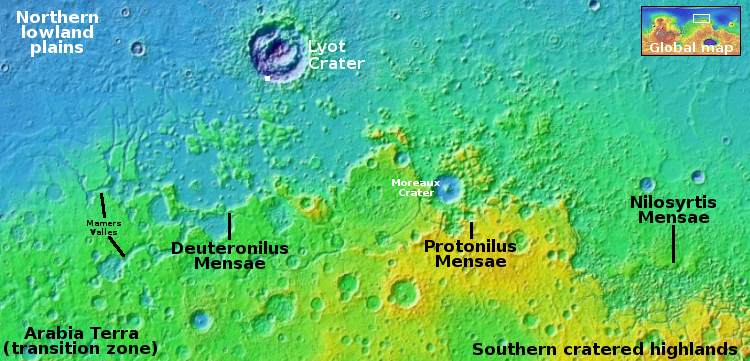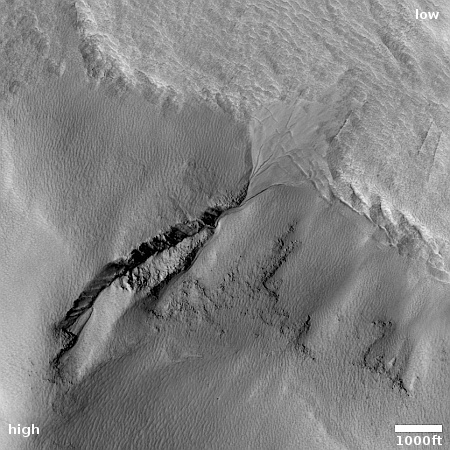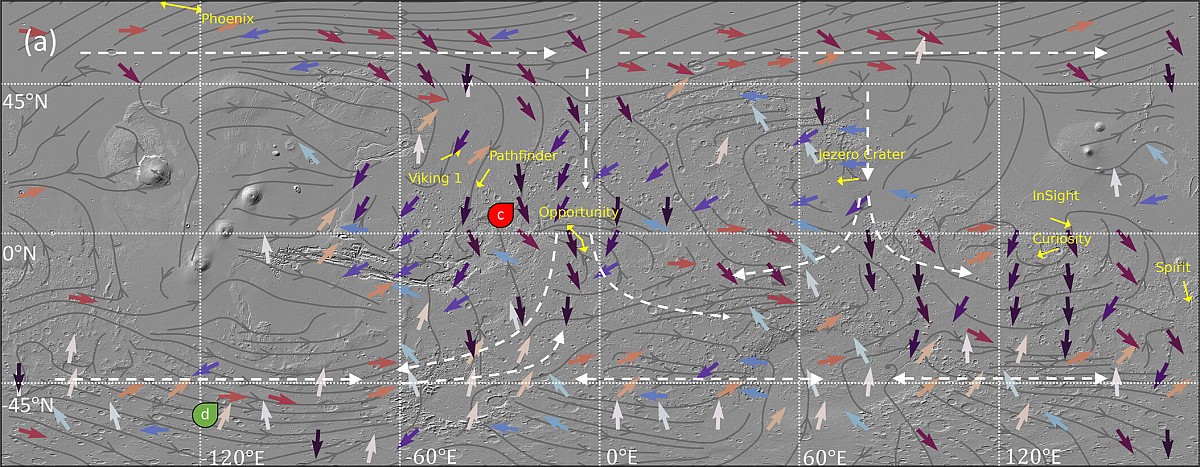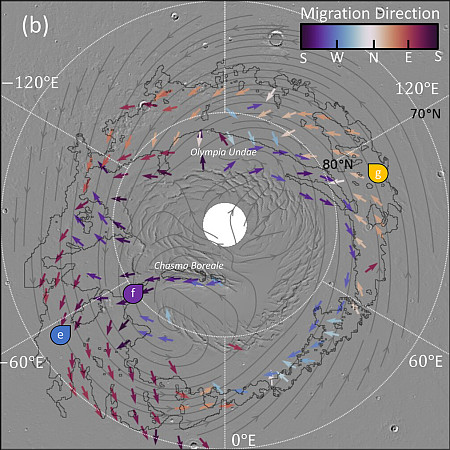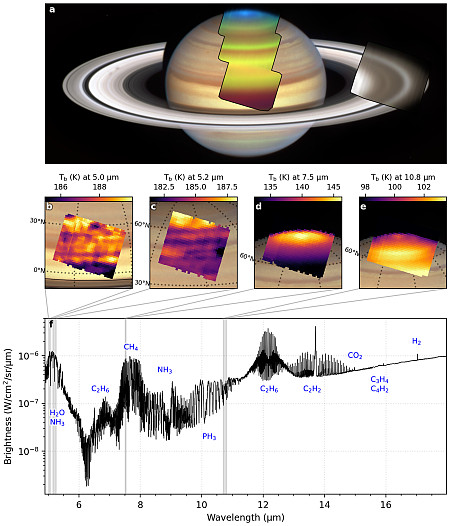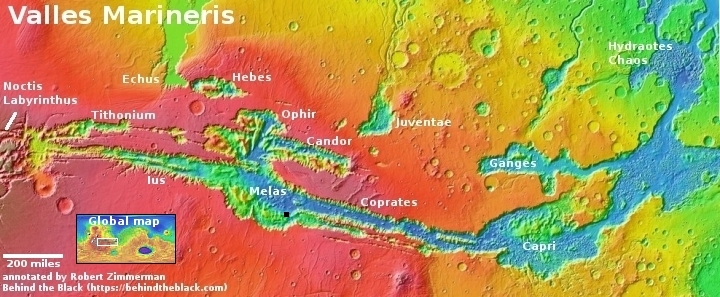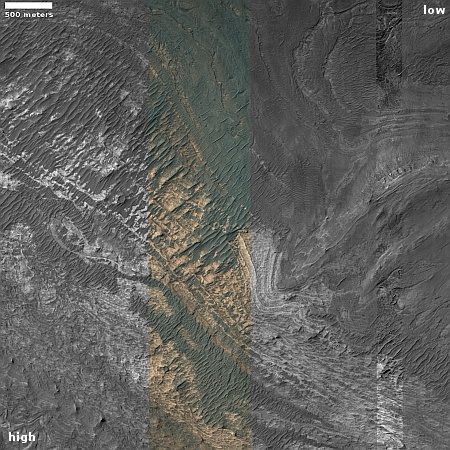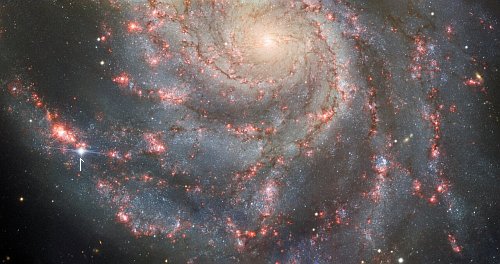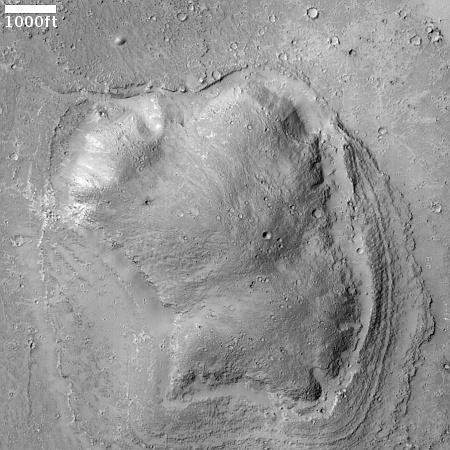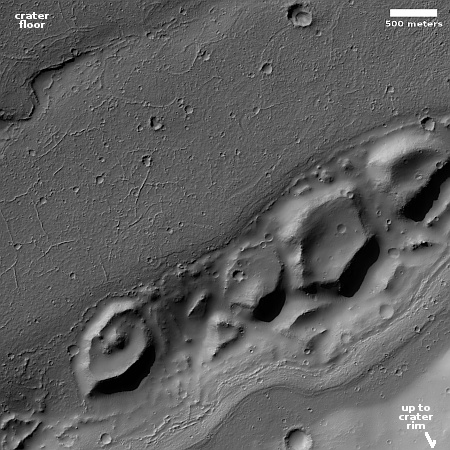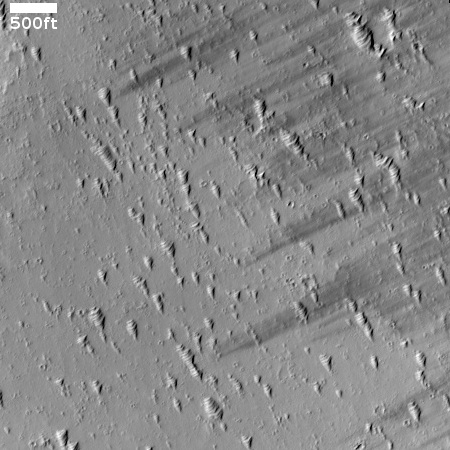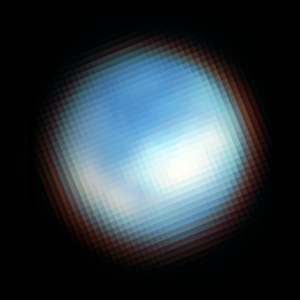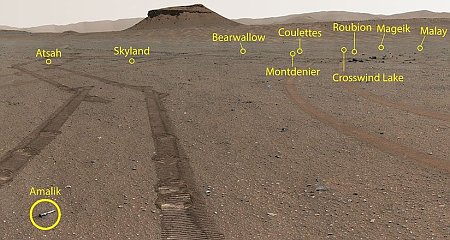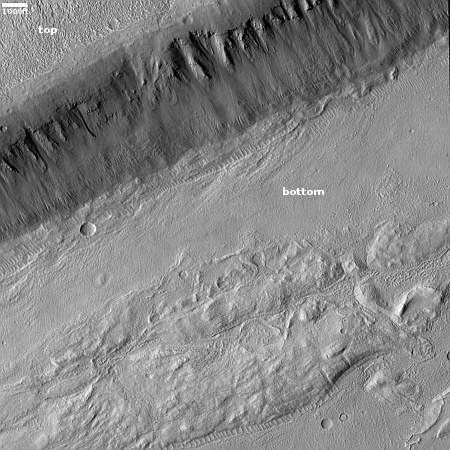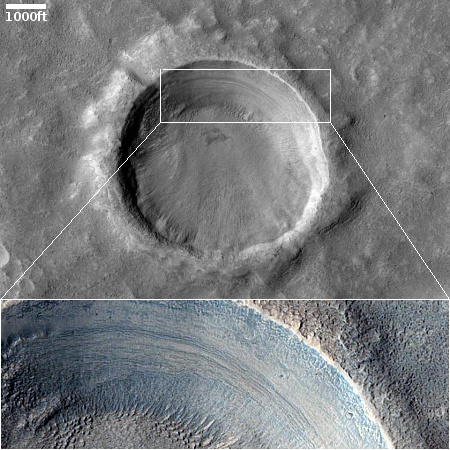Satellite data shows this year’s ozone hole one of the biggest on record
The uncertainty of science: New data from Europe’s Copernicus Sentinel-5P satellite has determined that the ozone hole this year over the south pole was one of the biggest on record.
The hole, which is what scientists call an ‘ozone depleting area,’ reached a size of 26 million sq km on 16 September 2023. This is roughly three times the size of Brazil.
The size of the ozone hole fluctuates on a regular basis. From August to October, the ozone hole increases in size – reaching a maximum between mid-September and mid-October. When temperatures high up in the stratosphere start to rise in the southern hemisphere, the ozone depletion slows, the polar vortex weakens and finally breaks down, and by the end of December ozone levels return to normal.
Despite the claims of scientists that chlorofluorocarbons (CFCs) were creating the hole, requiring their ban in refrigerators, air conditioning, and aerosol sprays in 1987, the arrival of the ozone hole each year is actually a normal seasonal occurance caused by the interaction of the Earth’s tilt and the impact of solar radiation on the upper atmosphere. More interaction, and oxygen molecules break-up into ozone. Less interaction, and there is less ozone.
Thus, despite the ban of these products now for almost forty years, the size of the ozone hole continues to fluctuate significantly from year to year, for reasons that are not yet understood entirely. Some scientists attribute this year’s large size to a volcanic eruption in 2022, but this is merely a theory, not yet proved.
It also must be noted that when the ban was imposed in 1987, we only had data of the ozone hole going back a decade or so. Environmentalists posited then that the hole hadn’t existed before CFCs, but they really hadn’t known that. It will likely take a century of research to really get a good idea of the hole’s normal behavior from year to year. We might find that there was no reason to ban CFCs, that the hole is a natural seasonal occurance like snow in winter and heat in summer.
The uncertainty of science: New data from Europe’s Copernicus Sentinel-5P satellite has determined that the ozone hole this year over the south pole was one of the biggest on record.
The hole, which is what scientists call an ‘ozone depleting area,’ reached a size of 26 million sq km on 16 September 2023. This is roughly three times the size of Brazil.
The size of the ozone hole fluctuates on a regular basis. From August to October, the ozone hole increases in size – reaching a maximum between mid-September and mid-October. When temperatures high up in the stratosphere start to rise in the southern hemisphere, the ozone depletion slows, the polar vortex weakens and finally breaks down, and by the end of December ozone levels return to normal.
Despite the claims of scientists that chlorofluorocarbons (CFCs) were creating the hole, requiring their ban in refrigerators, air conditioning, and aerosol sprays in 1987, the arrival of the ozone hole each year is actually a normal seasonal occurance caused by the interaction of the Earth’s tilt and the impact of solar radiation on the upper atmosphere. More interaction, and oxygen molecules break-up into ozone. Less interaction, and there is less ozone.
Thus, despite the ban of these products now for almost forty years, the size of the ozone hole continues to fluctuate significantly from year to year, for reasons that are not yet understood entirely. Some scientists attribute this year’s large size to a volcanic eruption in 2022, but this is merely a theory, not yet proved.
It also must be noted that when the ban was imposed in 1987, we only had data of the ozone hole going back a decade or so. Environmentalists posited then that the hole hadn’t existed before CFCs, but they really hadn’t known that. It will likely take a century of research to really get a good idea of the hole’s normal behavior from year to year. We might find that there was no reason to ban CFCs, that the hole is a natural seasonal occurance like snow in winter and heat in summer.

